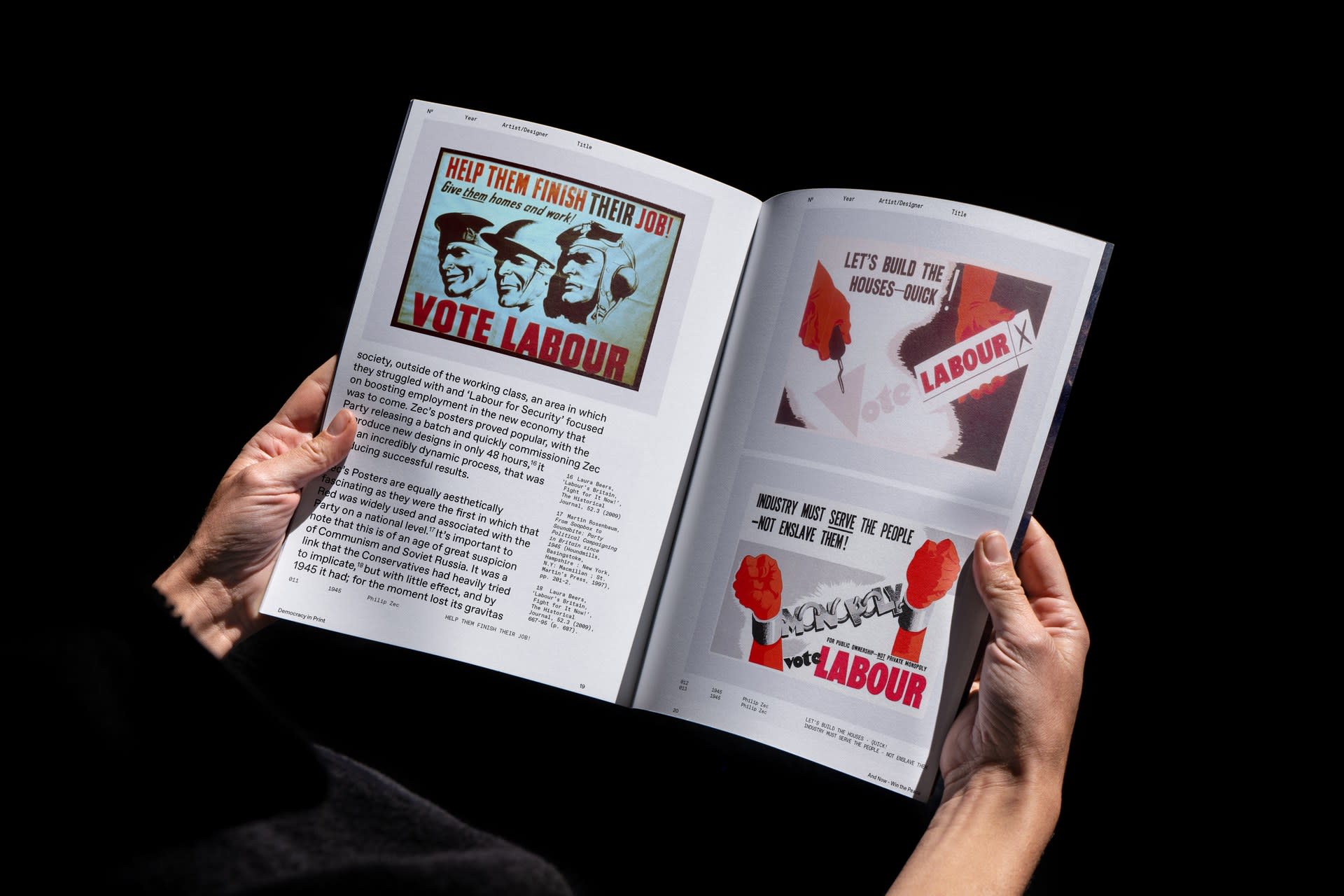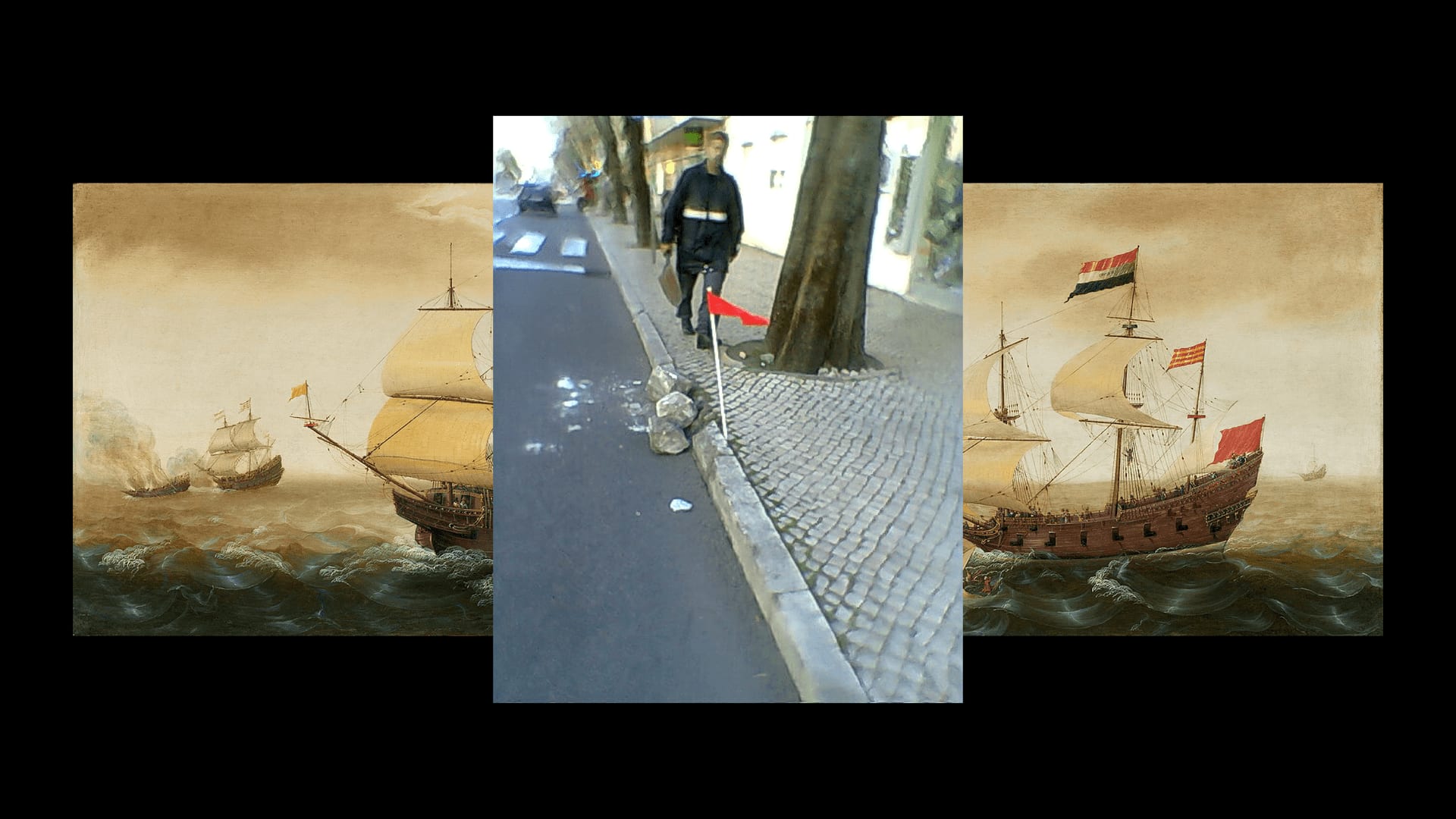I'm a British-Moroccan Graphic Designer based in London.
I was born in the South West of the UK, I studied Communication Design at the Glasgow School of Art, graduating with a BA (Hons) in 2017, with my specialism in Graphic Design.
In my time since then and when I'm not at the Royal College, I'm a designer for BBC Creative.











